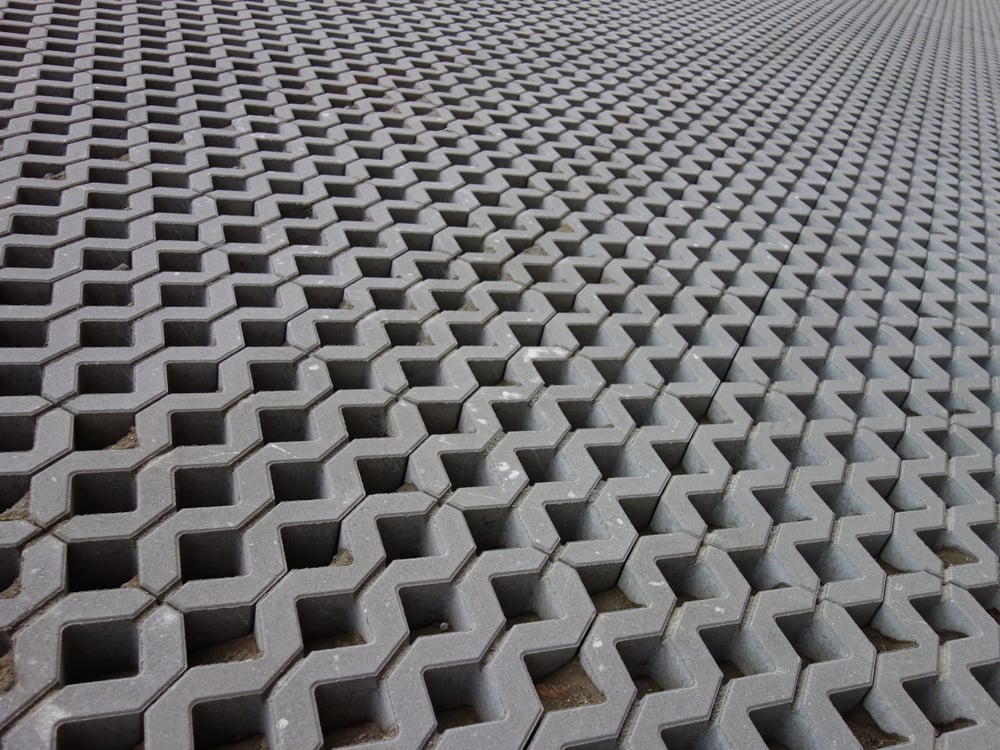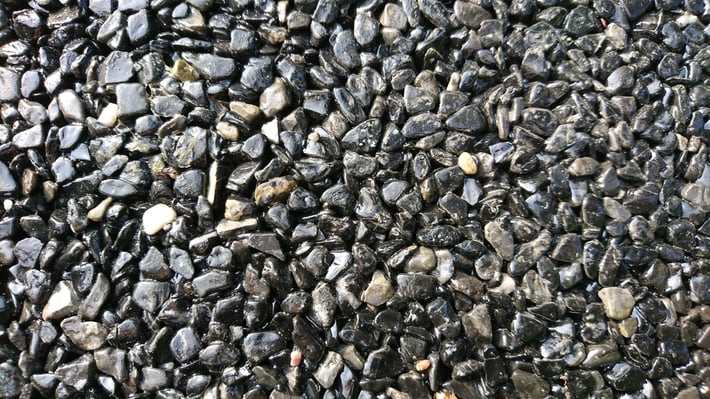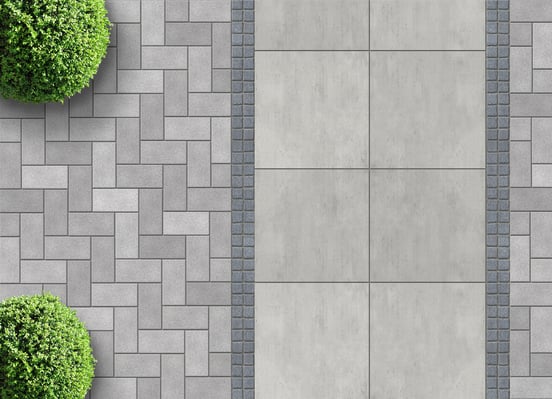Previous Concrete: It’s Main Environmental Benefits

Pervious concrete is a special type of concrete with a high porosity, made from a mixture of cement, water, coarse aggregate and a minimal amount of fine aggregate (sand). Pervious concrete creates a porous medium, which allows water from precipitation and other sources to pass through and reach the underlying soil. This reduces runoff from a site while recharging groundwater levels. Pervious concrete has applications in sustainable construction, and is often used in sidewalks, parking areas, and greenhouses.
Using pervious concrete is recognized as a Best Management Practice for Stormwater by the US Environmental Protection Agency (EPA), since it provides pollution control. The drainage systems used to control stormwater runoff are becoming more difficult to build, due to their size and the cost of meeting stormwater regulations. Utilizing pervious concrete for paved areas reduces runoff, which also reduces the need for stormwater retention ponds and the required capacity of storm sewers.
Make your construction projects more sustainable and environmentally friendly.
Pervious concrete filters stormwater naturally, reducing the amount of pollutants that reaches streams and other bodies of water. This concrete works as a stormwater retention basin, and this helps maintain groundwater levels in the area. Another benefit of pervious concrete is reducing the impact of construction on nearby trees, since it allows the transfer of both water and air into the root systems.
How Is Pervious Concrete Installed?

Pervious concrete is normally delivered to project sites with ready-mix trucks. A vibratory screed is required to level it off, and the concrete is then compacted with a heavy steel roller to increase strength. The curing process is complex due to the low water content: after placement, pervious concrete is misted with water, covered with a plastic sheet, and kept damp for at least 7 days to allow adequate hydration. This way, pervious concrete can reach the expected strength.
How Much Stormwater Can Pervious Concrete Capture?
Pervious concrete used for pavement can take 3-5 gallons of stormwater per minute per square foot. This usually exceeds the flow rate needed to prevent runoff in most rain events. Pervious concrete may use an underlying layer of coarse gravel to hold water beneath the pavement, or water may reach the soil directly.
The retention area created by pervious concrete prevents a significant portion of the polluted runoff that occurs with impervious pavement. There is also a filtration process, since water is purified as it percolates through the open cells of the pavement. Aerobic bacteria help break down harmful pollutants and chemicals.
Main Environmental Benefits of Pervious Concrete
Stormwater runoff is one of the main sources of water pollution: about 90% of surface pollutants are carried into water bodies by the first 1.5 inches of rainfall. There are three main pollutants in urban runoff: sediment, heavy metals, and hydrocarbons.

Oil dripping into pavement from vehicles is one source of hydrocarbons in urban runoff. Another source responsible for 90-95% of hydrocarbons is the binder and sealer used for asphalt pavement. EPA and municipal regulations are strict when dealing with stormwater management, and pervious concrete has become a viable solution with many benefits:
- Recharges groundwater levels.
- Less irrigation is needed for landscaping, since water enters the soil.
- Reduces the amount of untreated runoff that enters storm sewers.
- Prevents the hydrocarbon pollution from asphalt pavement.
- Mitigates the harm to water ecosystems.
- Does not absorb and store heat like typical pavement, due to its light color and structure.
- Safer to drive or walk on, since water is absorbed and puddles are reduced.
Pervious Concrete Limitations and Special Considerations
Previous concrete is an excellent option for certain applications, but the physical properties of its surface limit usage in many cases. It has a rough honeycombed surface, and there is a certain degree of raveling. This may be an issue in high-traffic pavement, since tires can loosen aggregate at the surface. A possible solution is grinding down the pavement, but most builders decide to use conventional pavement with adequate storm management systems instead.
As with every pavement system, pervious concrete requires an adequate design to perform as expected. The substrate beneath the pavement is key in the design, since it must be able to store water while it percolates underground. Soil studies and site-specific stormwater calculations are necessary for a proper design, and this must be performed by a stormwater management engineer.

Anuj Srivastava
Anuj Srivastava is a principal partner at NY Engineers. He is known for his MEP franchise market knowledge. Anuj is currently leading a team of 100+ MEP/FP engineers and has successfully led over 1500 franchise projects in the US.
Join 15,000+ Fellow Architects and Contractors
Get expert engineering tips straight to your inbox. Subscribe to the NY Engineers Blog below.



